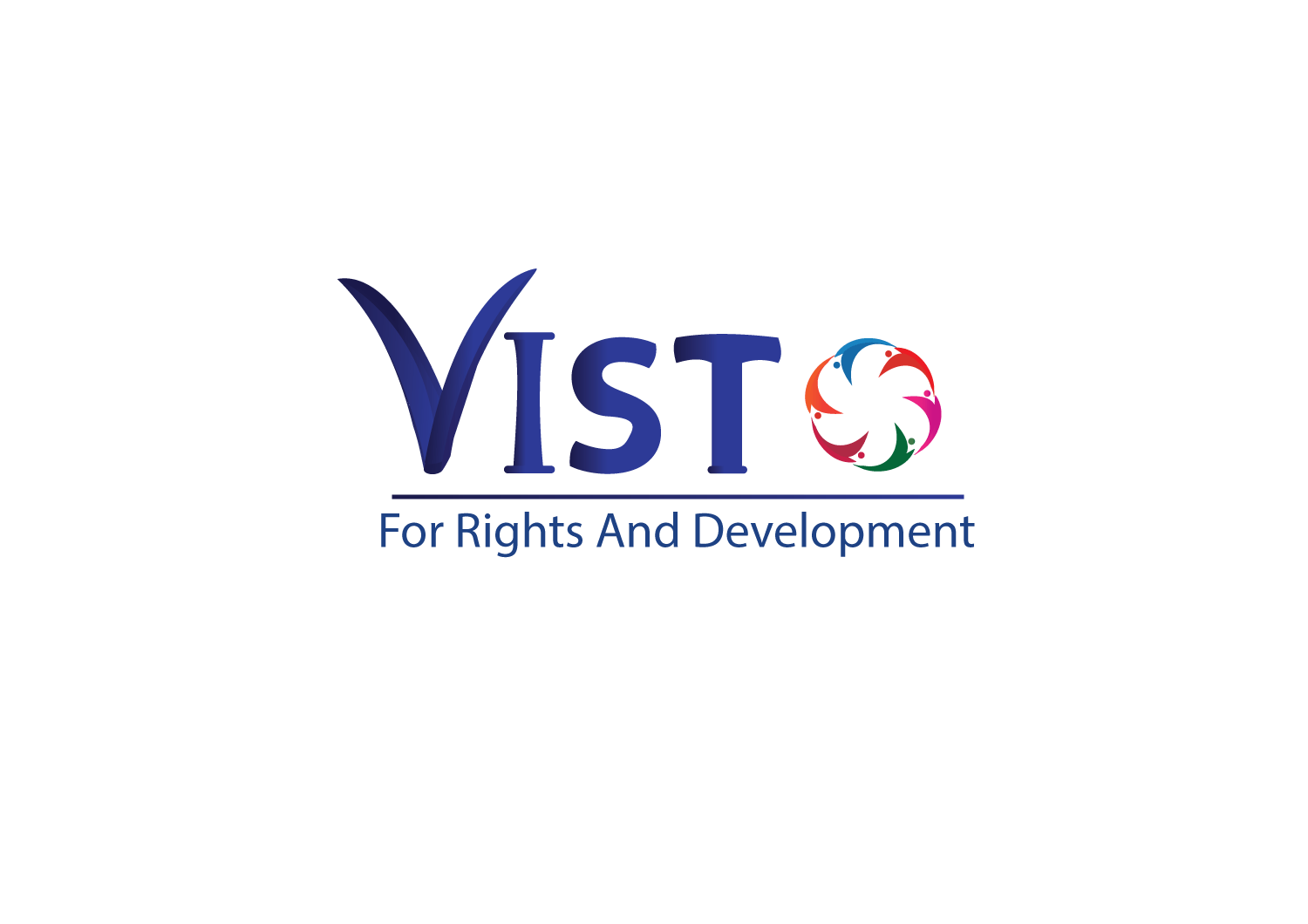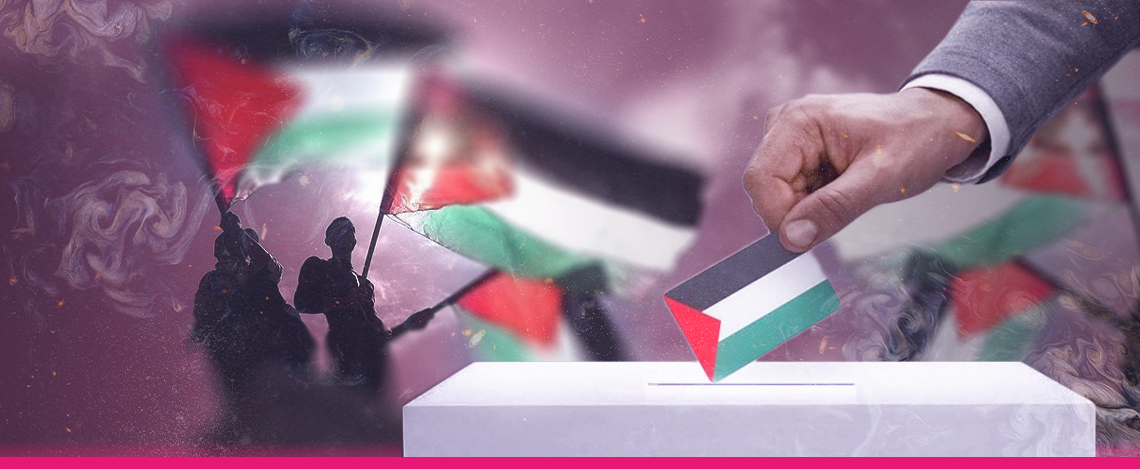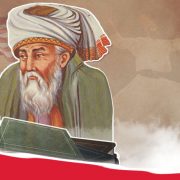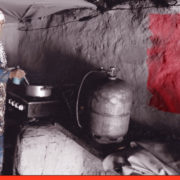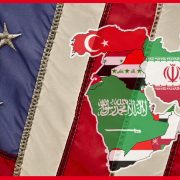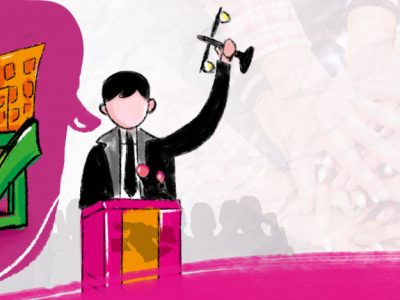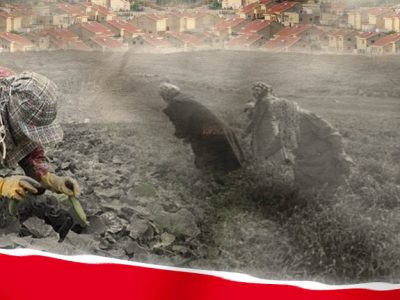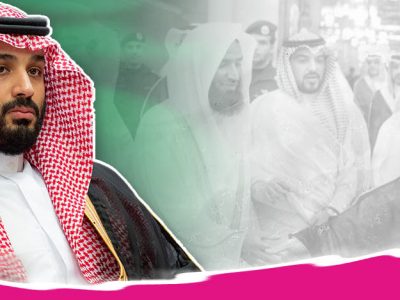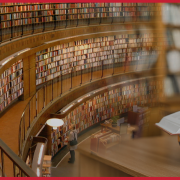Palestinian Youth and Elections: Various Forms of Political Participation
Introduction
The process of holding the Palestinian elections ended before it even began, only two days prior to launching election campaigns for the Palestinian legislative council on May 1st, this year. Palestinian President Mahmoud Abbas announced that the elections would no longer take place on the basis that Israel prevented Palestinians from making arrangements to hold elections in occupied East Jerusalem. Had they not been ‘delayed indefinitely’, the elections would have taken place as per the agreements mediated between the Palestinian factions in Cairo and Istanbul. On January 15th, Abbas issued a presidential decree calling for general elections, under which members of the Legislative Council would have been elected on May 22 of this year. These would have then been followed by the presidential elections on July 31st, and finally the National Council on August 31st. The last presidential and legislative elections took place in 2005 and 2006, respectively; that is, more than 15 years ago.
The weeks following the presidential decree gave an opportunity for 36 electoral lists to be formed. This period also constituted an opportunity for researchers to study the formations of the lists, and the age groups of these lists, most notably the youth — the largest age group in Palestinian society. While the elections haven’t taken place, this period still witnessed a high level of youth engagement. This article seeks to shed light on the nature of this engagement.
Despair among Palestinian youth
The decree by President Mahmoud Abbas announcing general elections in Palestine was disappointing for Palestinian youth, especially that clauses added to the electoral law denied further youth inclusion and participation through the sought-after youth quota in parallel with that of women. Feeling betrayed, Palestinians youth described the law as unfair since it limited their participation in political life.
The state of frustration born out of this lack of sufficient youth representation is compounded by President Mahmoud Abbas ignoring the numerous demands and pleas to lower the age of candidacy below 28 for the Legislative Council elections, and below 40 for the presidential elections. This would have allowed a large number of young people to run for elections.
The most recent data issued by the Central Elections Commission has updated the electoral register only to find that the number of Palestinians eligible to vote is 2,546,449. Having failed Failing to lower the age for candidacy resulted in the deprivation of 880,000 eligible voters of competing for seats in the Legislative Council (about 31%), and more than 1,815,000 Palestinians (about 63%) of running for presidency.
Additional obstacles include the amendments to the electoral system, the abolition of the district system, and the full adoption of the proportional representation system (i.e., considering the West Bank and Gaza a single electoral district). The proportional representation system is said to constitute an important opportunity for young people to run as it provides a margin for marginalized groups to contest the electoral process, and to win later. This is not entirely true; the municipal elections do not seem to back up this claim, after years and years of following the proportional representation system while youth representation couldn’t have been any lower.
These were not the only obstacles created by the Palestinian electoral law to further deepen the state of despair and frustration among Palestinian youth and to prevent them from running. Other factors include the high unemployment rate among youth at 30%, and the minimum wage at $590. Additionally, the electoral law imposed payment of $20,000 to register any electoral list, in a clear and explicit disregard for the difficult economic reality for Palestinian youth.
The electoral law imposed payment of $20,000 to register any electoral list, in a clear and explicit disregard for the difficult economic reality for Palestinian youth
Political writer Mustafa Ibrahim believes that there are additional obstacles that prevent Palestinian youth from running for the legislative elections in addition to the above, perhaps the most important of which is the tendency of young people to vote in favor of party lists by virtue of their affiliation at the expense of voting for youth lists. Also, if several non-affiliated youth lists eager to effect change were formed, votes would go to each of them, minimizing the number of votes youth lists get as a whole. It would have been better if efforts were made to unite them into a single electoral list to represent Palestinian youth.
Forms of youth participation in the electoral lists
The state of frustration that prevailed among Palestinian youth, caused by the laws that made difficult and complicated their ability to run as candidates, did not prevent them from interacting with the event, either by approval or rejection both virtually and in the real world.
The first of these interactions was evident in the electoral lists themselves, especially party-affiliated lists. Candidates from the age group (28-40) ranked second out of the total candidate age groups with a percentage of 38.5%. Candidates in the age group 50 and over came first with a very small margin, at 39.3%.
Some lists had higher youth participation, both affiliated and independent. Out of seven party lists, youth representation was 50% or more in two of them: The United Left (representing Fida Coalition and the People’s Party) at 65%, followed by al-Quds Maw’iduna (Hamas-affiliated) at 51%. On the other hand, youth representation in some independent lists reached 100%: The New Dawn (al-Fajr-ul-Jadid) and the Dream of Independent Youth Assembly. Meanwhile, 50% or more youth were part of 11 other independent lists.
Another form of interaction was apparent in the attempts to organize the efforts of Palestinian youth and to unify them in a single list expressing their concerns, demands, and future visions of economic, social and political issues. This is what we find in lists such as the independent “Enough is enough” list, which included a number of popular movements, namely: the Movement for the Rights of Persons with Disabilities (PwDs), the Movement against Paltel Group exploitation, the movement against Jawwal Cellular Communications Company, Our Land and the movement of the 90s, headed by passionate leader figures. The ‘Enough is Enough’ list believes it should have a list to amplify their voices and raise their concerns, through a joint bloc that includes a group of activists who adopt different issues across both the West Bank and Gaza. The list also affirmed that its electoral program aims to end political exclusivity and to adopt inclusive political participation instead.
There is a group of young people who rejected the current form of elections because -from their point of view- it does not allow for a free and democratic process
On the other hand, there is a group of young people who rejected the current form of the elections, because from their point of view it does not allow for a free, fair and just democratic process, and it will further marginalize millions of Palestinians inside and outside the occupied territories, especially the youth.
This is what was expressed by the Movement for the Democratic Renewal Generation (aka Jadd), which was formed on February 10, 2021, and which chose cyberspace as an alternative to the real world to simulate the democratic process. They did so by launching the virtual parliamentary list, which is a list of candidates from Palestinian youth aged between 18-45. Jadd proposes a social, democratic, and political program based on the participatory approach, through which it simulates the elections of the Legislative Council without formal participation. It also seeks to urge young people to organize and mobilize themselves in one body so they can bring about change and realize their demands.
Delaying elections further drives Palestinian youth into despair
The announcement of the elections was a glimmer of hope for the political participation of Palestinian youth. However, the decision by Palestinian President Mahmoud Abbas to postpone the elections on April 30, under the pretext of the Israeli occupation’s refusal to hold them in Jerusalem, re-presented the dilemmas that Palestinian youth hoped to overcome through the ballot boxes. Perhaps the most important of which is ending exclusivity in the political decision, and the opportunity to renew legitimacy, and bring young new faces to the political scene, led by young people equipped with the necessary tools and methods to keep pace with developments at the regional and international levels. This would have guaranteed the international presence of the Palestinian issue, an end to the corruption infesting official institutions, and the implementation of reform programs on a participatory basis across all segments of society, especially from marginalized groups.
The question that remain to be answered here is, will the Palestinian youth submit to Abbas’s decision, or will they express their aspirations in different ways?
Palestinian Youth Elections Participation
Visto International bears no responsibility for the content of the articles published on its website. The views and opinions expressed in these articles are those of the authors and do not necessarily reflect the official policy or position of the Organisation. All writers are encouraged to freely and openly exchange their views and enrich existing debates based on mutual respect.
